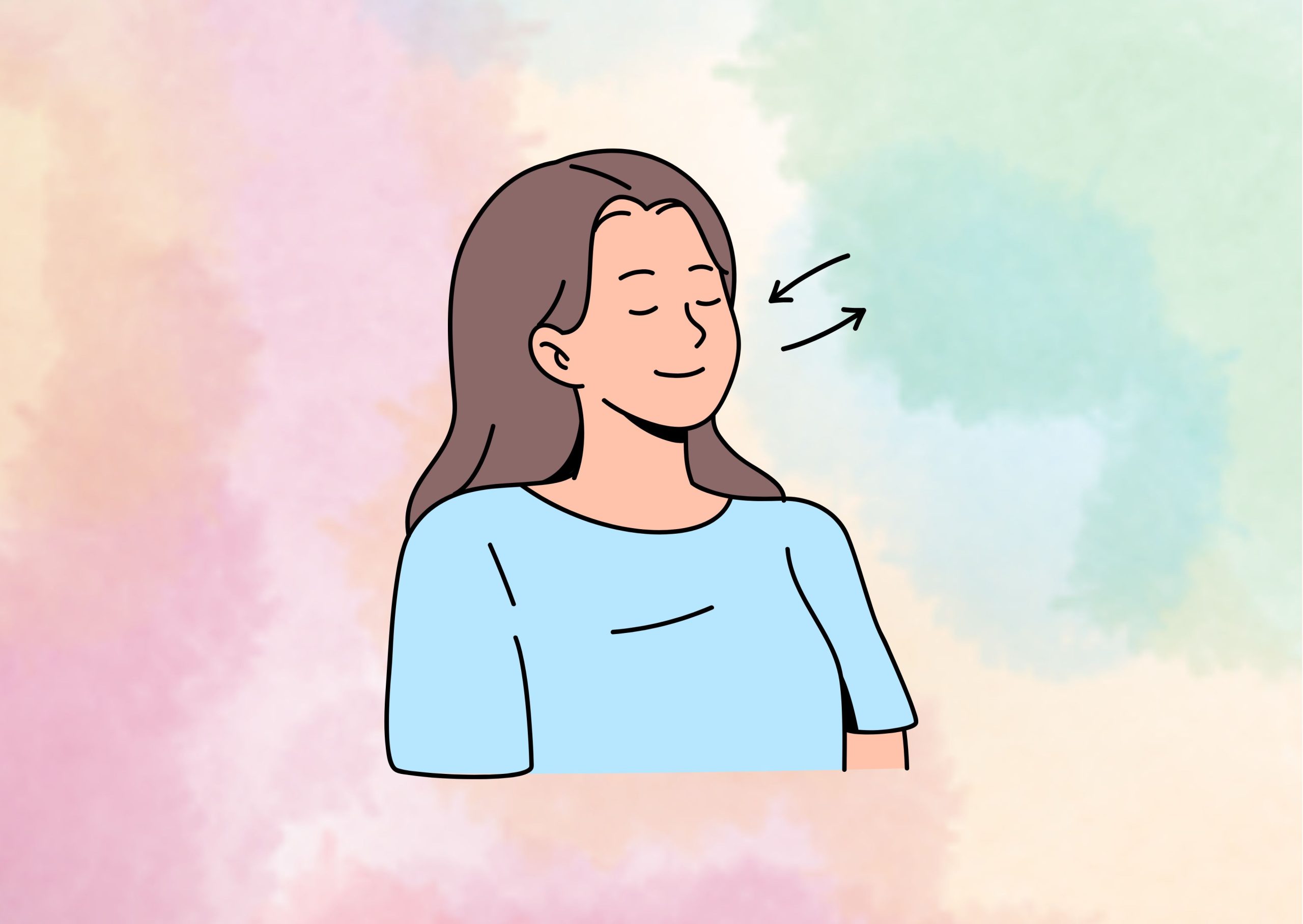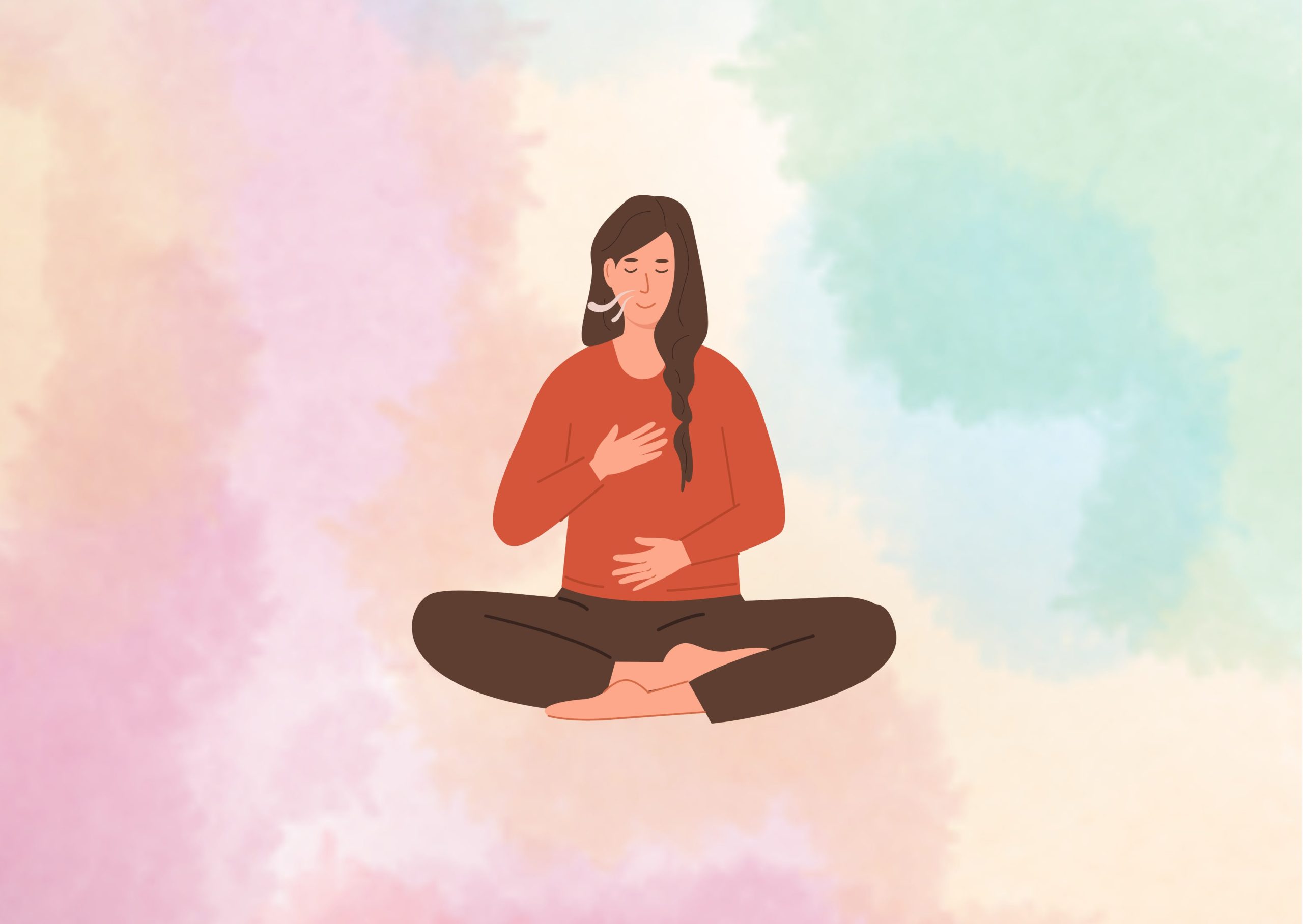Mastering 4-7-8 Breathing: A Step-by-Step Guide
Finding effective ways to manage stress and anxiety has become crucial for overall well-being. The 4-7-8 breathing technique, a simple yet powerful method, has gained attention for its potential to promote relaxation and improve sleep quality. This ancient practice, rooted in yogic traditions, has been adapted for modern use, offering a natural approach to calm the mind and body.
The 4-7-8 breathing method is more than just a breathing exercise; it’s a tool for better health and peace of mind. This guide will explore the fundamentals of the technique, provide a step-by-step breakdown of how to perform it correctly, and discuss ways to make it a part of daily life. By understanding the benefits and potential concerns associated with 4-7-8 breathing, readers can make informed decisions about incorporating this practice into their wellness routines.
Understanding the 4-7-8 Breathing Technique
The 4-7-8 breathing technique is a simple yet powerful method that has gained popularity for its ability to promote relaxation and reduce stress. This technique involves a specific pattern of inhaling, holding the breath, and exhaling, which can have a profound impact on both the mind and body. To fully appreciate the benefits of this practice, it’s essential to understand its origins, how it works, and the potential advantages it offers.
Origins in Pranayama
The 4-7-8 breathing method has its roots in the ancient yogic practice of pranayama. Pranayama is a Sanskrit term that refers to the control of breath, which has been a fundamental aspect of yoga for thousands of years. This ancient wisdom has been adapted for modern use by Dr. Andrew Weil, an American physician who developed the 4-7-8 technique. Dr. Weil describes this method as a “natural tranquilizer for the nervous system,” highlighting its potential to calm the mind and body.
How it works
The 4-7-8 breathing technique follows a specific pattern: inhale for 4 seconds, hold the breath for 7 seconds, and exhale for 8 seconds. This cycle is typically repeated several times. The method works by influencing the body’s autonomic nervous system, which controls involuntary functions such as heart rate and digestion.
When a person practices 4-7-8 breathing, they activate the parasympathetic nervous system, often referred to as the “rest and digest” system. This activation helps counteract the effects of the sympathetic nervous system, which is responsible for the “fight or flight” response. By engaging in this controlled breathing pattern, individuals can effectively reduce their heart rate, lower blood pressure, and decrease the release of stress hormones like cortisol.
The extended exhalation in the 4-7-8 technique is particularly important. It helps to slow down the breathing rate and increase oxygen saturation in the body. This process has a calming effect on the nervous system and can lead to a state of deep relaxation.
Benefits for mind and body
The 4-7-8 breathing technique offers a wide range of potential benefits for both mental and physical well-being:
- Stress and Anxiety Reduction: Regular practice of 4-7-8 breathing can help manage stress and anxiety levels. It provides a quick and effective way to calm the mind and body, making it particularly useful in high-stress situations.
- Improved Sleep: Many people find that using this technique before bedtime can help them fall asleep more easily. The relaxation response triggered by 4-7-8 breathing can quiet racing thoughts and prepare the body for rest.
- Better Emotional Regulation: By practicing this breathing method, individuals may gain better control over their emotional responses, such as anger or frustration. It provides a moment of pause that can help prevent impulsive reactions.
- Enhanced Concentration: Some studies suggest that regular deep breathing exercises, like the 4-7-8 technique, can improve attention and cognitive function. This may lead to better focus and productivity in daily tasks.
- Pain Management: Deep, slow breathing has been associated with reduced pain perception in some individuals. While not a substitute for medical treatment, 4-7-8 breathing might be a helpful complementary technique for managing discomfort.
- Cardiovascular Health: The technique may have positive effects on heart health by lowering blood pressure and reducing the workload on the heart. However, it’s important to note that more research is needed in this area.
- Respiratory Function: Regular practice of controlled breathing exercises can potentially improve lung capacity and overall respiratory function.
While the 4-7-8 breathing technique is generally considered safe for most people, it’s always advisable to consult with a healthcare professional before starting any new health practice, especially for individuals with pre-existing medical conditions. With consistent practice, many people find that the 4-7-8 breathing method becomes a valuable tool for managing stress, improving sleep, and enhancing overall well-being.
Suggestion for read: 10 Signs of ADHD Paralysis
Step-by-Step Guide to 4-7-8 Breathing
The 4-7-8 breathing technique is a simple yet powerful method to promote relaxation and reduce anxiety. To get the most out of this practice, it’s essential to follow the steps carefully. Here’s a detailed guide on how to perform the 4-7-8 breathing method correctly.
Proper posture and tongue placement
Before beginning the 4-7-8 breathing exercise, it’s crucial to find a comfortable position. Sit with your back straight, either in a chair or on the floor. If you’re using this technique to fall asleep, you can lie down in bed. Good posture helps to open up your airways and allows for deeper, more effective breathing.

